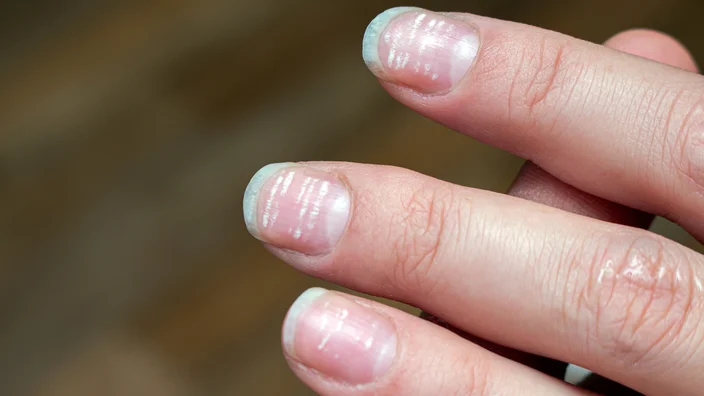Nail Problem Treatment in Chelsea and Battersea
Are you struggling with nail problems? From brittle nails to fungal infections, our expert team in Chelsea and Battersea is here to provide professional, effective treatments to restore your nails’ health and appearance.
Comprehensive Nail Problem Care Near You
Nail issues can range from cosmetic concerns to more severe conditions impacting your health. Whether you’re dealing with discoloured nails, ingrown toenails, or recurring infections, our clinic offers tailored solutions to address your unique needs.
We proudly serve clients in Chelsea and Battersea, ensuring convenient, top-notch care right in your local community.
Common Nail Problems We Treat
Our team specialises in diagnosing and treating a variety of nail issues, including:
- Brittle Nails: Fragile, splitting nails caused by dryness or overexposure to chemicals.
- Fungal Infections: Yellowed or thickened nails often caused by fungal growth.
- Ingrown Toenails: Painful nails growing into the surrounding skin.
- Psoriasis of the Nails: Nail pitting, discolouration, and thickening due to psoriasis.
- Paronychia: Red, swollen skin around the nail caused by bacterial or fungal infections.
- Discolouration: White spots, yellowing, or other changes in nail colour.
If you’re experiencing any of these issues, our experienced practitioners can provide relief through personalised treatment plans.
Why Choose Us for Nail Problem Treatment in Chelsea and Battersea?
We understand how nail problems can impact your confidence and daily life. Our clinic is dedicated to providing:
- Expert Diagnosis: Precise identification of nail conditions using advanced tools.
- Customised Treatments: Care plans tailored to your specific condition and lifestyle.
- State-of-the-Art Equipment: Cutting-edge technology for effective, minimally invasive treatments.
- Convenient Locations: Easily accessible clinics in Chelsea and Battersea for stress-free visits.
Our Nail Treatment Services
We offer a wide range of treatments to address nail problems, including:
- Nail Restoration: Techniques to strengthen and repair damaged nails.
- Laser Therapy: Effective treatment for fungal infections with minimal downtime.
- Medical Pedicures: A blend of aesthetic and therapeutic care to keep your nails healthy.
- Ingrown Toenail Surgery: Quick and safe procedures to alleviate discomfort.
- Preventive Care: Guidance and support to prevent recurring nail issues.
What to Expect During Your Visit
When you visit our Chelsea or Battersea clinic, you’ll receive a warm welcome and expert care:
- Initial Consultation: Discuss your symptoms, concerns, and nail history with our specialists.
- Comprehensive Examination: We’ll assess your nails and overall foot health to diagnose the problem.
- Treatment Plan: Receive a personalised treatment approach tailored to your condition.
- Ongoing Support: Follow-up appointments to ensure lasting results and prevent recurrence.
Local Expertise in Chelsea and Battersea
Our team is proud to be part of the Chelsea and Battersea communities. We understand the unique lifestyle and needs of our local clients and are committed to delivering exceptional care.
Whether you’re strolling along the Thames or enjoying Battersea Park, healthy nails can enhance your daily life.
Frequently Asked
QUESTIONS
Common signs include thickened, yellow, or brittle nails. A specialist can confirm the diagnosis through a quick examination.
Yes, some nail issues may indicate underlying health problems like diabetes or psoriasis. Professional evaluation is essential.
Absolutely. Laser therapy is a safe, effective, and non-invasive method to treat fungal nail infections.
Yes, our clinics are conveniently located, making it easy for local residents to visit.
Yes, we provide medical pedicures and restorative treatments to enhance nail appearance and health.
Results depend on the condition and treatment. Some issues show improvement in a few weeks, while others may take longer.
Book Your Nail Problem Appointment Today
Don’t let nail problems hold you back. Contact our Chelsea or Battersea clinic today to book your consultation. Our friendly team is here to help you achieve healthier, more beautiful nails.

